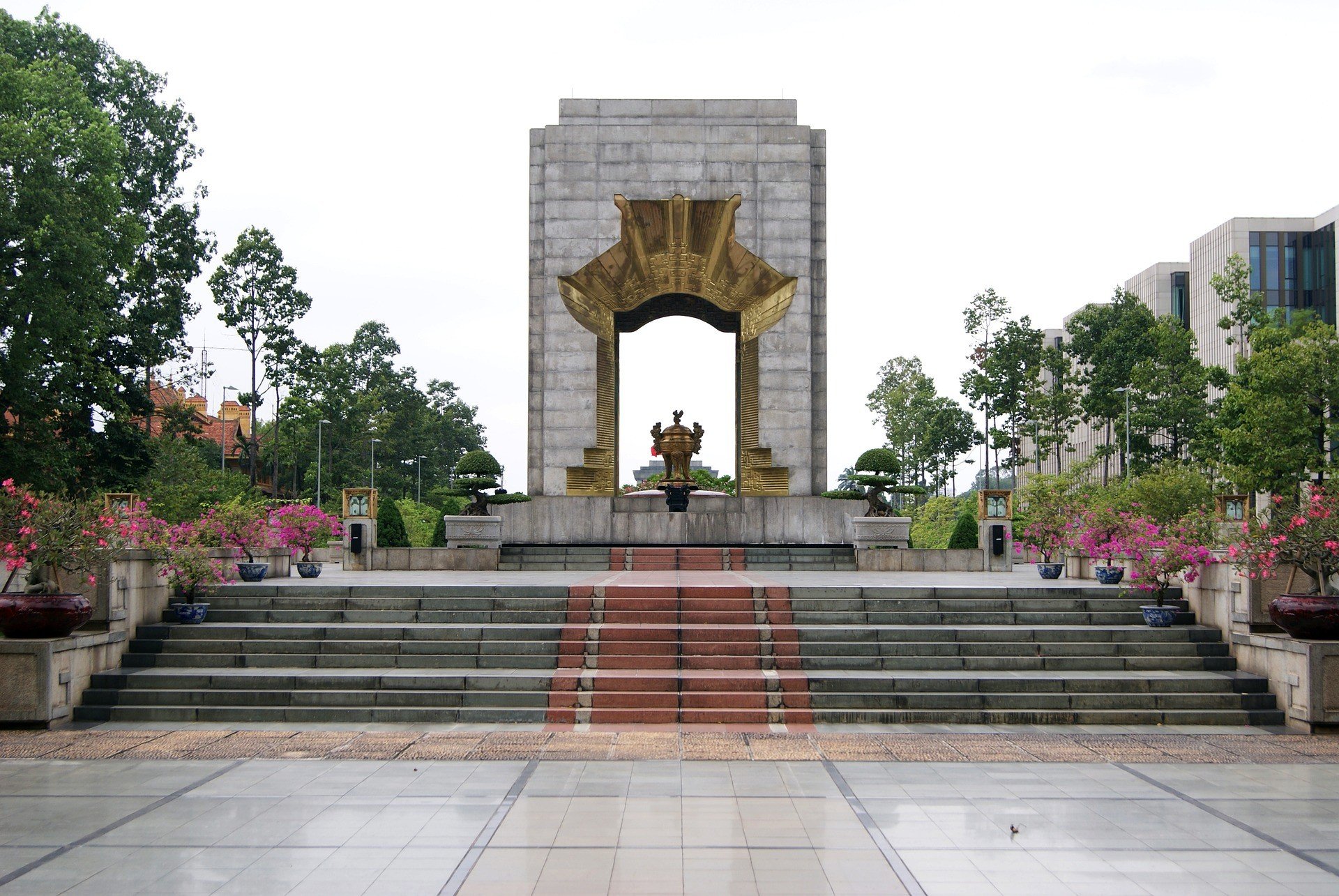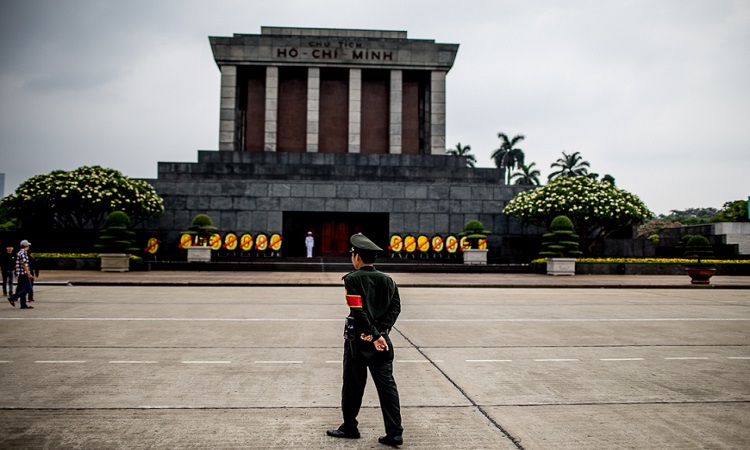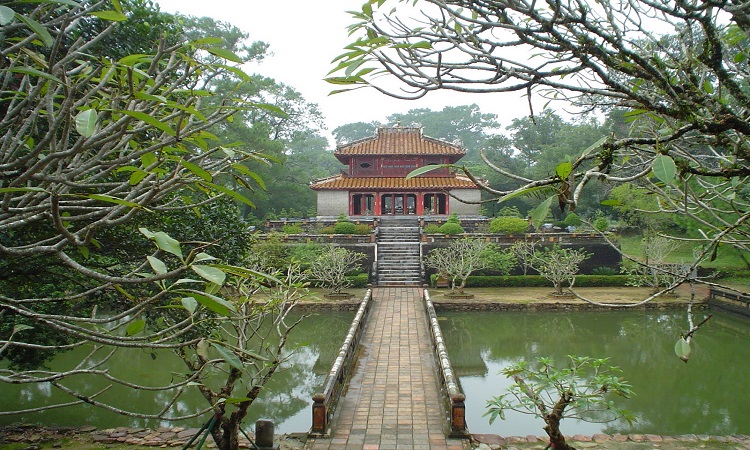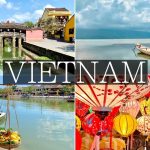
Learning about the War in Vietnam: The 5 Most Important Sites
A visit to one of the country’s many war memorials or historical sites is essential for any traveller looking to understand Vietnam’s modern identity.
Here are some of the most important places in Vietnam to learn about the conflict.
Hoa Lo Prison
 Hoa Lo Prison, commonly translated as “fiery furnace” or even “Hell’s hole”, was a prison used by the French colonists in French Indochina for political prisoners, and later by North Vietnam for U.S. prisoners of war during the Vietnam War. Located in the heart of Hanoi Capital and known as one of the most inhumane prison in Vietnam with the most modern equipment at the time for the harshest punishment. The prison was demolished in the 1990s, however the gatehouse has now been converted into a museum. Displays include recreations of interrogation rooms and sleeping quarters, photographs, and a guillotine.
Hoa Lo Prison, commonly translated as “fiery furnace” or even “Hell’s hole”, was a prison used by the French colonists in French Indochina for political prisoners, and later by North Vietnam for U.S. prisoners of war during the Vietnam War. Located in the heart of Hanoi Capital and known as one of the most inhumane prison in Vietnam with the most modern equipment at the time for the harshest punishment. The prison was demolished in the 1990s, however the gatehouse has now been converted into a museum. Displays include recreations of interrogation rooms and sleeping quarters, photographs, and a guillotine.
War Remnants Museum
Located in Ho Chi Minh City, the War Remnants Museum holds a fascinating, and gut-wrenching, collection of relics from the war. Graphic photographs and American military equipment are on display. Once known as the ‘Museum of American War Crimes’, it’s a shocking reminder of the long and brutal Vietnam War. There’s a helicopter with rocket launchers, a tank, a fighter plane, a single-seater attack aircraft. You can also see a conventional bomb that weighs at 6,800kg. American troops had used these weapons against the Vietnamese between 1945 and 1975.
:max_bytes(150000):strip_icc():format(webp)/GettyImages-507241723-f1780787dfd54d75bd128e7d8a0dd746.jpg)
The War Remnants Museum is in District 3, Ho Chi Minh City. It’s every day from 07:30 to 17:00. A visit to this war museum can be disturbing experience for most people.
MUST SEE ATTRACTIONS IN HO CHI MINH CITY
Cu Chi Tunnels

Found just outside Ho Chi Minh City, the Cu Chi Tunnels are definitely not recommended for anyone with claustrophobia. The tunnels were used by Viet Cong soldiers as hiding spots during combat, as well as serving as communication and supply routes, hospitals, food and weapon caches and living quarters for numerous North Vietnamese fighters. It is now a popular tourist destination, where visitors can crawl around parts of the system, and see how booby traps were cleverly planted in the jungle.
Ho Chi Minh Museum and Mausoleum

Ho Chi Minh‘s Mausoleum has long been considered as the first place to come for the first-time travelers to Hanoi thanks to its tremendous historical value. Ho Chi Minh is the face of independence in modern-day Vietnam, leading the country out from under French rule and forming a democratic republic. When the war ended, the city of Saigon was renamed after him.
The museum is a great place to learn more about his life, travels through France, England and America, writing – including poetry he wrote while imprisoned by the Chinese government – and Soviet-era art. Being there, visitors can not only discover more about Ho Chi Minh’s life and role in Vietnamese history but also enlarge their knowledge about Vietnam’s history reflected in the complex’s components.
Imperial City of Hue
The Hue Imperial City was one of the most important political centres of the country. It’s about more than just the history of Hue – this was essentially the Vietnam Imperial City! With its sprawling courtyards, deep moats and intricate temples, Hue’s Imperial City is an easy place to spend hours exploring.

Hue was founded as the Vietnam capital city by Gia Long, the first king of the Nguyen Dynasty in 1802. It held this position for nine Nguyen dynasties until 1945.
The massive complex features hundreds of monuments and ruins, such as the Forbidden Purple City, once the residence of the royal family and badly damaged during the Vietnam War, the Imperial City, royal tombs, flag tower, pagodas, temples, a library and museum.




